What Is VAT MOSS? Registration & Payment
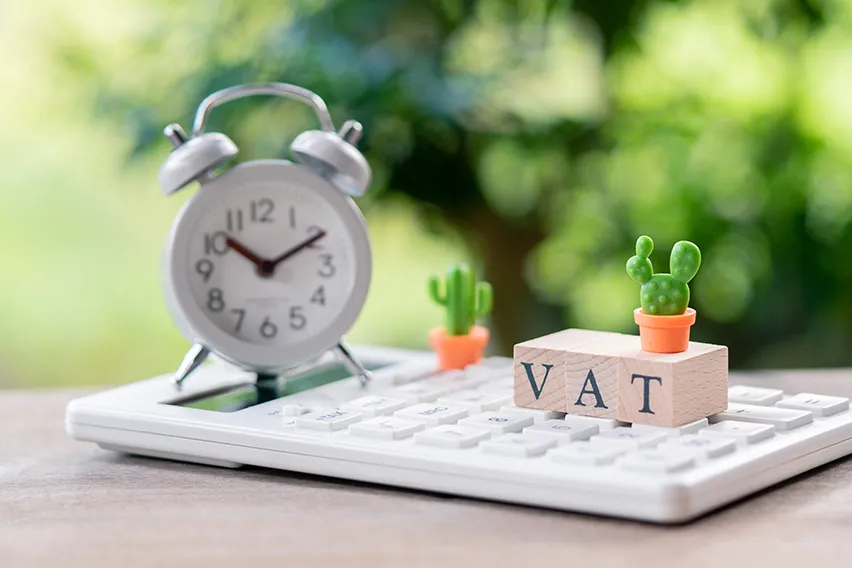
While it may no longer be in effect, understanding VAT MOSS is important. It’s a service that was once offered by HM Revenue and Customs (HMRC) authority. As of March 2, 2021, it is no longer being offered. If you need to know what VAT MOSS was, and what the new alternative is, keep reading!
Here’s What We’ll Cover:
Why Is VAT MOSS No Longer Used?
What Was VAT MOSS?
VAT MOSS was a method of paying value-added tax on digital services. The acronym stands for Value-Added Tax Mini One Stop Shop. As you can see, it was a mouthful, so VAT MOSS is an easier way of referring to it. It was offered to the following businesses:
- UK businesses who made digital supplies to consumers in EU member states
- Businesses outside the EU and UK, but still provided digital services to consumers in either
UK businesses that made cross-border supplies where the place of supply was in the EU had no registration threshold. The business was charged the VAT rate due in the consumer’s country.
If non-EU businesses outside of the EU or UK supplied digital services to consumers, the place of supply is where the consumer is located. For example, if a US business sells digital goods to someone in Ireland, Ireland is the place of supply. It is up to businesses to understand the VAT rules and applicable VAT rates for their business.

Hobby Trades Not Included
The tax authority deemed that hobby trades were not to be included in VAT MOSS. This meant that the services to consumers weren’t done regularly, or on a commercial basis. They provided more sufficient data about what sales constituted as commercial online.
Examples of Businesses for the Scheme
Any cross-border digital services sold on a commercial basis are eligible for the schemes. Some examples of these businesses are listed below:
- Television broadcasting services
- Online ticket booking services
- Online teaching services
- Providing digital supplies like software to businesses and consumers
- Digital services for advertising
- Other examples of telecommunication services
In most cases, anything in the digital services category that is cross-border will fit. Businesses like physical repair services are not eligible, however.
Two Separate Schemes
There are two types of schemes outlined by the tax authority for VAT MOSS. Each has its own set of guidelines.
Union Scheme
To be eligible for the Union VAT MOSS scheme, a business has to meet these requirements:
- Be based in the UK, or be a non-EU business with a fixed establishment in the UK
- Be registered for UK VAT
- Supply digital services to consumers in an EU member state
Non-Union Scheme
To qualify for the non-union VAT MOSS scheme, a business must meet these requirements:
- The business must be based outside the EU and the UK
- Have no fixed establishments in the EU or the UK
- Supply digital services in the EU or the UK
How UK VAT MOSS Worked
After submitting the proper registration details, the VAT for any qualifying sales would need to be accounted for. Once documented, a VAT return would be sent to HMRC. The return period for the VAT return and payment was each calendar quarter. The quarterly return information would then be sent to the country where your consumers are based.
Thankfully, the majority of the process was based online. The calendar quarter return could be completed in a portal, and payments were accepted there as well. This went for both union scheme and non-union scheme VAT MOSS.

Why Is VAT MOSS No Longer Used?
Following Brexit, VAT MOSS schemes have changed. Originally, the schemes applied to all of the EU. However, now with the UK leaving the EU, VAT MOSS is being handled differently. Businesses must register in each country where they sell digital services. The threshold no longer applies. As such, the process has become more complex than it was before.
However, if you have digital sales that are unaccounted for before December 31, 2020, this process may still apply to you.
The UK VAT MOSS system can still be used to amend VAT MOSS returns. It can also be used to correct registration information.
Key Takeaways
Prior to Brexit, the VAT MOSS system was a convenient online program that let you file returns and payments with HMRC. However, the system is no longer able to be used for new purchases. Now, registration must occur with each EU state in which a business has digital sales.
Did this article help you? If so, consider reading some of the other articles we have on our resource hub!
RELATED ARTICLES

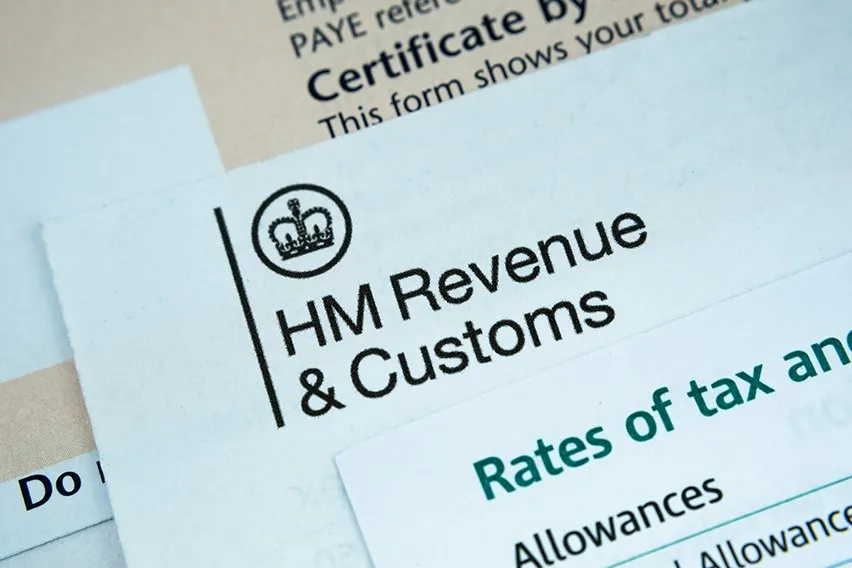 What Is Employment Allowance? Rules & How to Claim
What Is Employment Allowance? Rules & How to Claim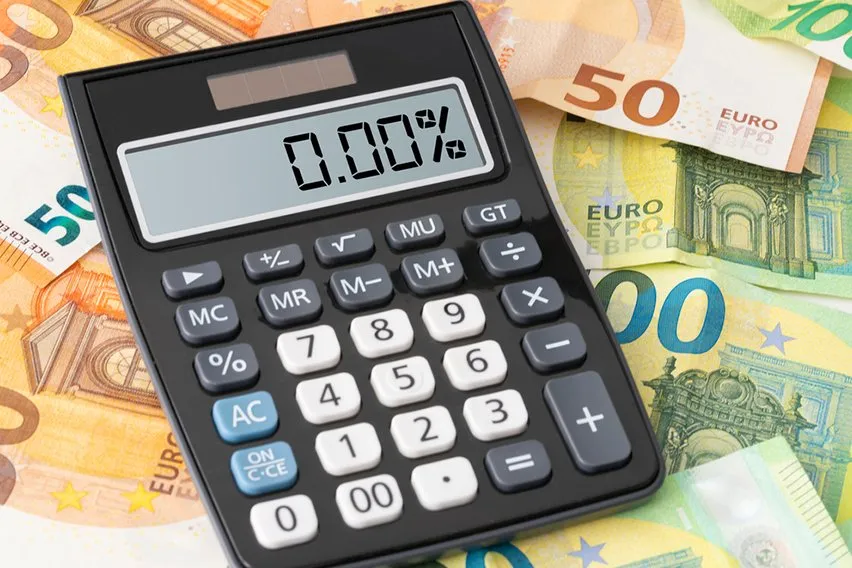 What Does Zero-Rated VAT Mean?
What Does Zero-Rated VAT Mean?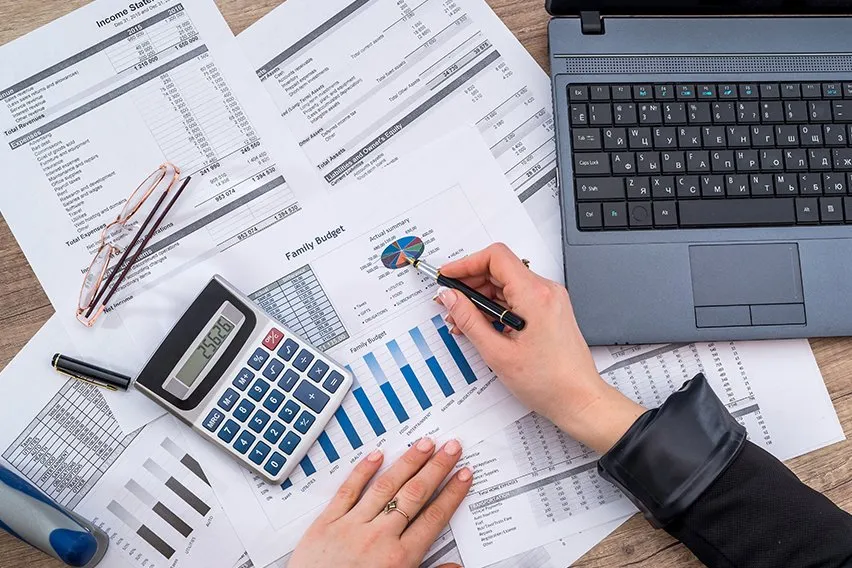 How Does Flexible Furlough Work: All You Need to Know
How Does Flexible Furlough Work: All You Need to Know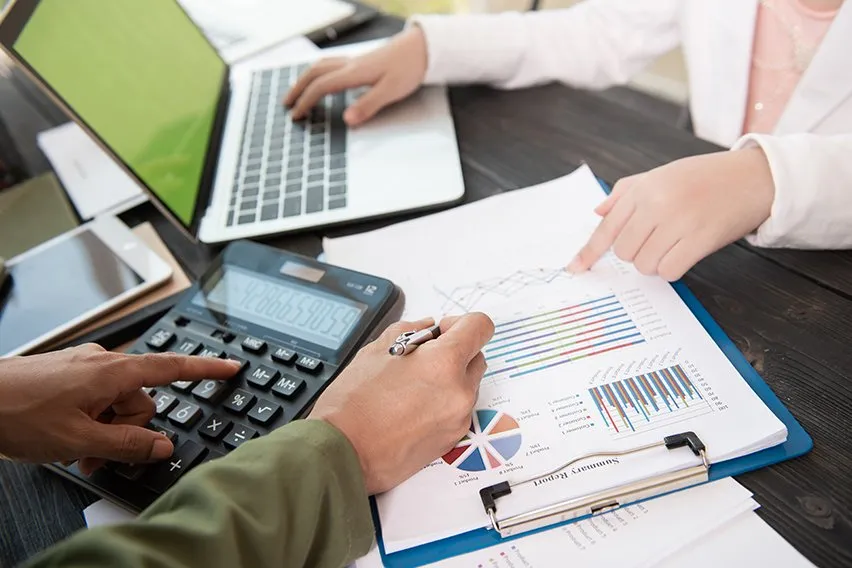 What Is Capital Allowance & How Does It Work?
What Is Capital Allowance & How Does It Work? UK Small Business Tax Guide: What Taxes to Pay
UK Small Business Tax Guide: What Taxes to Pay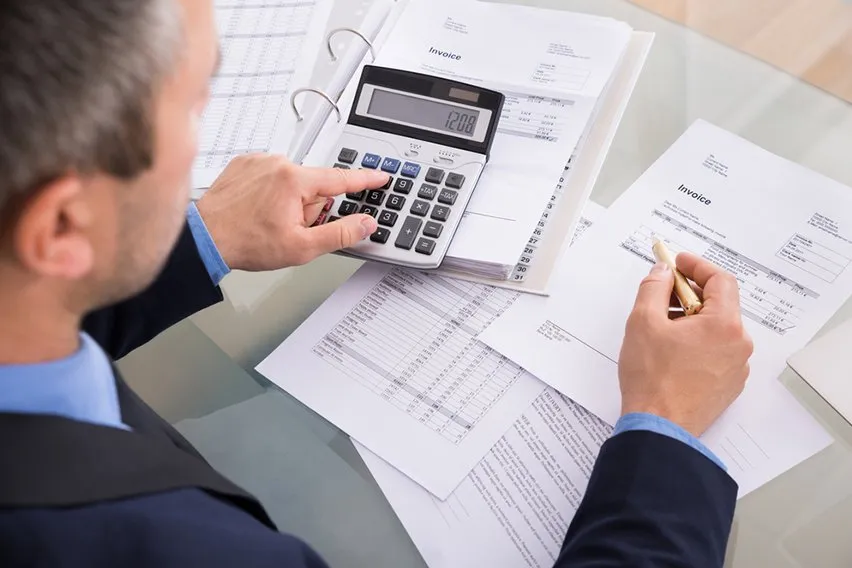 How Much Limited Company Tax Do I Need to Pay?
How Much Limited Company Tax Do I Need to Pay?